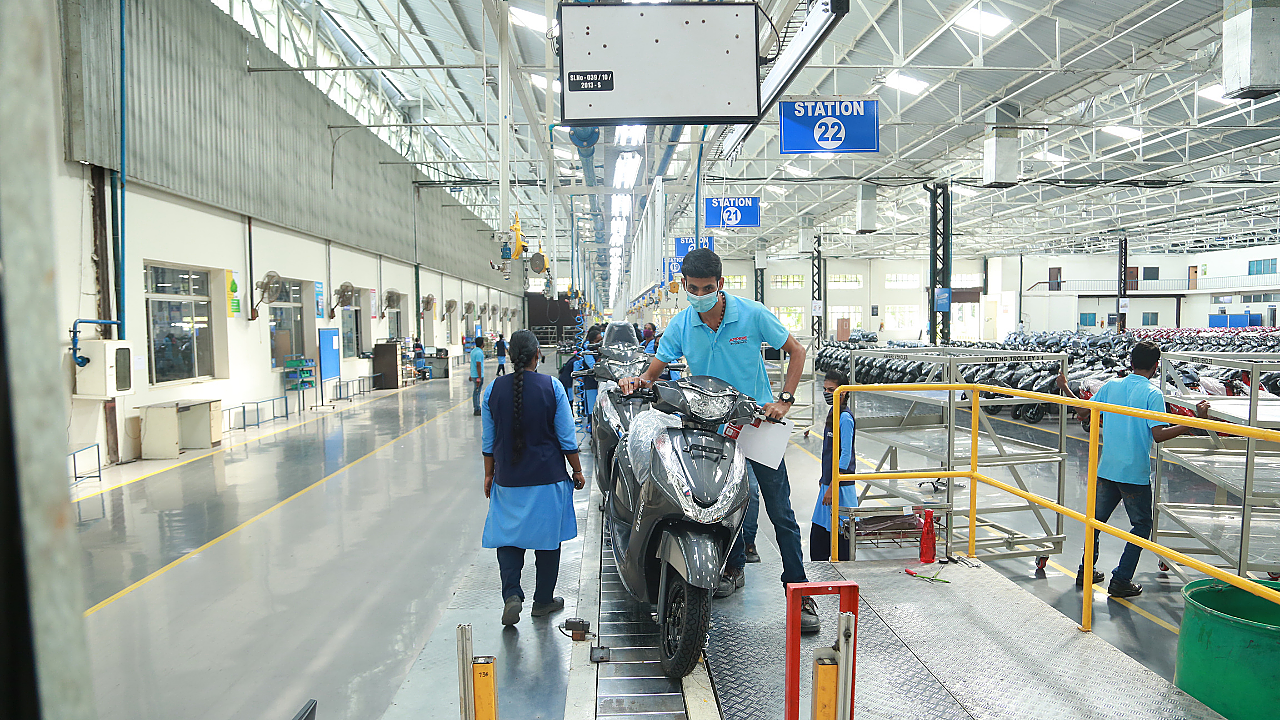
The Indian automobile landscape may get transformed in the near future, as the government has begun operationalising different production linked incentive (PLI) schemes for components, vehicles and other critical parts to incentivise the creation of an electric vehicle (EV) ecosystem.
Last month, 20 vehicle makers (OEMs) were picked up under the Champion OEM incentive scheme by the government for incentivising the production and exports of EVs. Another such list of auto component makers is expected to be announced in the coming days by the Ministry of Heavy Industries. Then, an incentive scheme has also been devised for the domestic manufacturing of batteries. Batteries account for up to half the cost of an EV, and indigenous production is expected to lower the cost of batteries significantly.
Who Can Avail Incentives?
The PLI schemes for the automobile sector are open to existing automotive companies and new investors who are currently not in the automobile or auto component manufacturing business. The schemes are divided into two parts: Champion OEM Incentive Scheme and Component Champion Incentive Scheme. The Champion OEM incentive scheme is a ‘sales value linked’ scheme, applicable on battery Electric Vehicles (EVs) and Hydrogen Fuel Cell vehicles of all segments. The Component Champion Incentive scheme is also a ‘sales value linked’ scheme applicable to Advanced Automotive Technology components of vehicles, completely knocked down (CKD)/ semi-knocked down (SKD) kits, vehicle aggregates of two/three-wheelers, passenger vehicles, commercial vehicles and tractors.
Contours Of The Schemes
Incentives will be applicable on determined sales value starting from the current fiscal year 2022-23, for five consecutive financial years till 2026-27. The scheme has a budgetary outlay of INR 25,938 crore for incentives. Total incentive for each group is capped at INR 6,485 crore in the case of OEMs and INR 150 crore for component makers.
Pluses Of The Schemes
Rahul Mishra, Partner (automotive practice) at Kearney, says the structure and intent of the PLI scheme “is good enough for incentivising output. Unlike earlier schemes like FAME I, this time the incentive has been linked to production. In FAME I, the allocation was INR 795 crore but only INR 200 crore was used in the first two years. And a large part of the money which was spent was on offering demand incentives. The current PLI scheme has done a welcome course correction by linking incentives to production and focusing on emerging technologies.”
Another plus point in the latest PLI schemes is incentivising cleaner and newer tech, which automatically disincentivises older tech-powered vehicles.
Vinnie Mehta, Director General, ACMA, points out that “The scheme has identified 103 advanced technologies for incentivisation. These are areas where India is not yet globally competitive. No incentives are being extended to products or technologies in the conventional industry with significant volumes and localisation.”
The PLI for components mandates investment of INR 250 crore over five years for any auto component maker to qualify for incentives. Thereafter, the beneficiary must show incremental production growth of 10% year-on-year for five years. “These conditions nudge the component industry towards exports. The incentives are for indigenous production of advanced tech components and with the stiff incremental production targets, export push is implied.”
Companies Qualified So Far
In all, 115 companies had filed applications under the PLI scheme for OEMs and components. The government has approved 20 applications along with 12 subsidiaries of the applicants in the OEM category. The list of approved companies in the components business is expected to be released soon. In the two-wheeler segment, approved applicants are Bajaj Auto, Hero MotoCorp, TVS Motor and Piaggio Vehicles. In PVs, the country’s largest carmaker, Maruti Suzuki India, does not find a mention though Suzuki Motor Gujarat has been approved. A spokesperson for Maruti declined to comment.
Other approved PV OEMs include M&M, Hyundai India, Ashok Leyland, Eicher Motors, Kia India and Tata Motors. Queries sent to Hyundai, Ashok Leyland, Tata Motors and M&M about the PLI scheme remained unanswered.
Some of the applications approved are from companies that are not legacy automobile OEMs: Axis Clean Mobility, Booma Innovative Transport Solutions, Elest, Hop Electric Manufacturing, Ola Electric Technologies and Powerhaul Vehicle.
Will incentivisation succeed?
Analysts at Kotak Institutional Equities say that the presence of a large number of OEMs will ensure that companies pass on the part of the incentives to consumers, thereby reducing the cost of ownership differentials meaningfully. Given the middling success of past incentivisation schemes, perhaps the proof of the pudding lies in the eating. But as industry experts have pointed out, a specific focus on output helps matters. Also, not will the current scheme incentivise just large OEMs, suppliers can team up with the OEMs, and the entire value chain can share incentives. It can only bode well for India’s ambitious green targets if this happens.
NB: Photo is representational. Courtesy: Ampere.